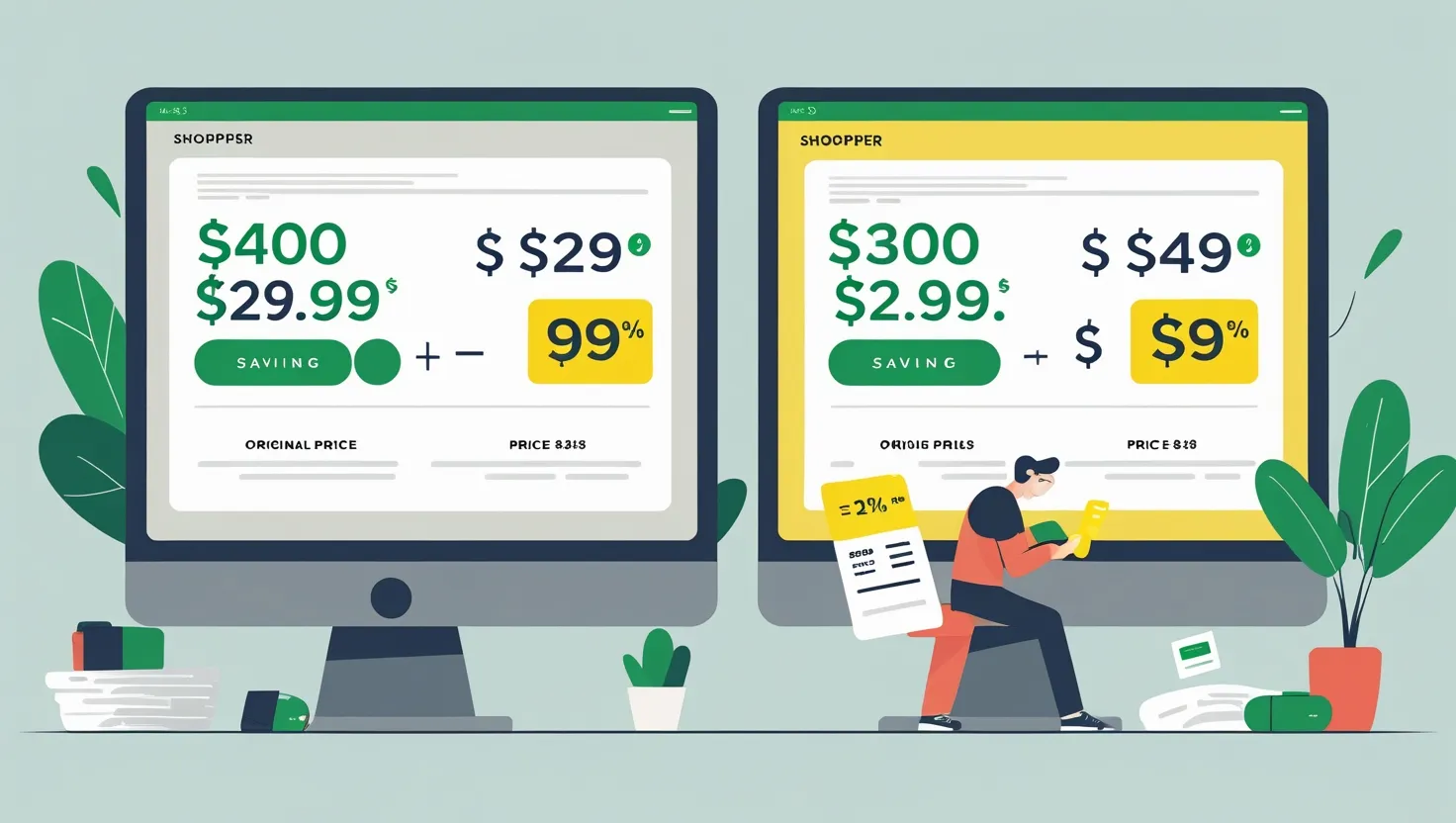
Let’s be honest — everyone loves a good deal. Whether it’s
30% off your favorite shoes or a limited-time coupon code, the rush of saving
money feels great. But here’s a question most shoppers never ask:
“Is this deal saving me money, or is it just clever marketing?”
In today’s online shopping world, not all deals are what
they seem. Some discounts may appear substantial, but they offer very
little actual savings. Others are timed perfectly to prompt you to buy faster
without hesitation.
In this blog, we’ll help you spot the difference — so you
can shop smarter and save real money, not just get fooled by flashy labels.
One of the most common tricks stores use is inflating the
original price, then offering a discount on top.
For example:
It looks
like you saved a lot, but in reality, the product was never worth $150 in the
first place.
How to protect yourself:
Use price tracking tools or browser extensions that show the price
history of a product. If you see the item was selling for less just a few
days ago, it’s not a real deal.
Ever seen a banner saying “Only 2 left!” or “Deal ends in 3
hours!”?
These are pressure tactics meant to trigger impulse buying.
Sometimes, these countdowns reset or never actually run out.
Before buying:
Sometimes 20% off looks better than a $10 coupon, but it depends
on the total price.
Let’s compare:
Tip: Always calculate the actual final price,
not just the percentage. That way, you know what you’re paying — and saving.
“Spend $75, get $15 off.”
Sounds like a smart deal, right? But what if you only
planned to spend $40?
If you add extra items just to reach the minimum, you might
end up spending more than you save. Unless the added items are things
you truly need, this kind of offer may not help your wallet at all.
Don’t assume the deal on one website is the best available.
Many online stores offer similar products, and sometimes, a “discounted” price
on one site is higher than the regular price on another.
Use comparison tools, search engines, or shopping apps to
check:
A real deal saves you money and effort.
At the end of the day, a good deal should feel simple,
honest, and helpful — not rushed, confusing, or stressful. Real savings happen
when you:
Your wallet will thank you for slowing down and thinking
smarter.